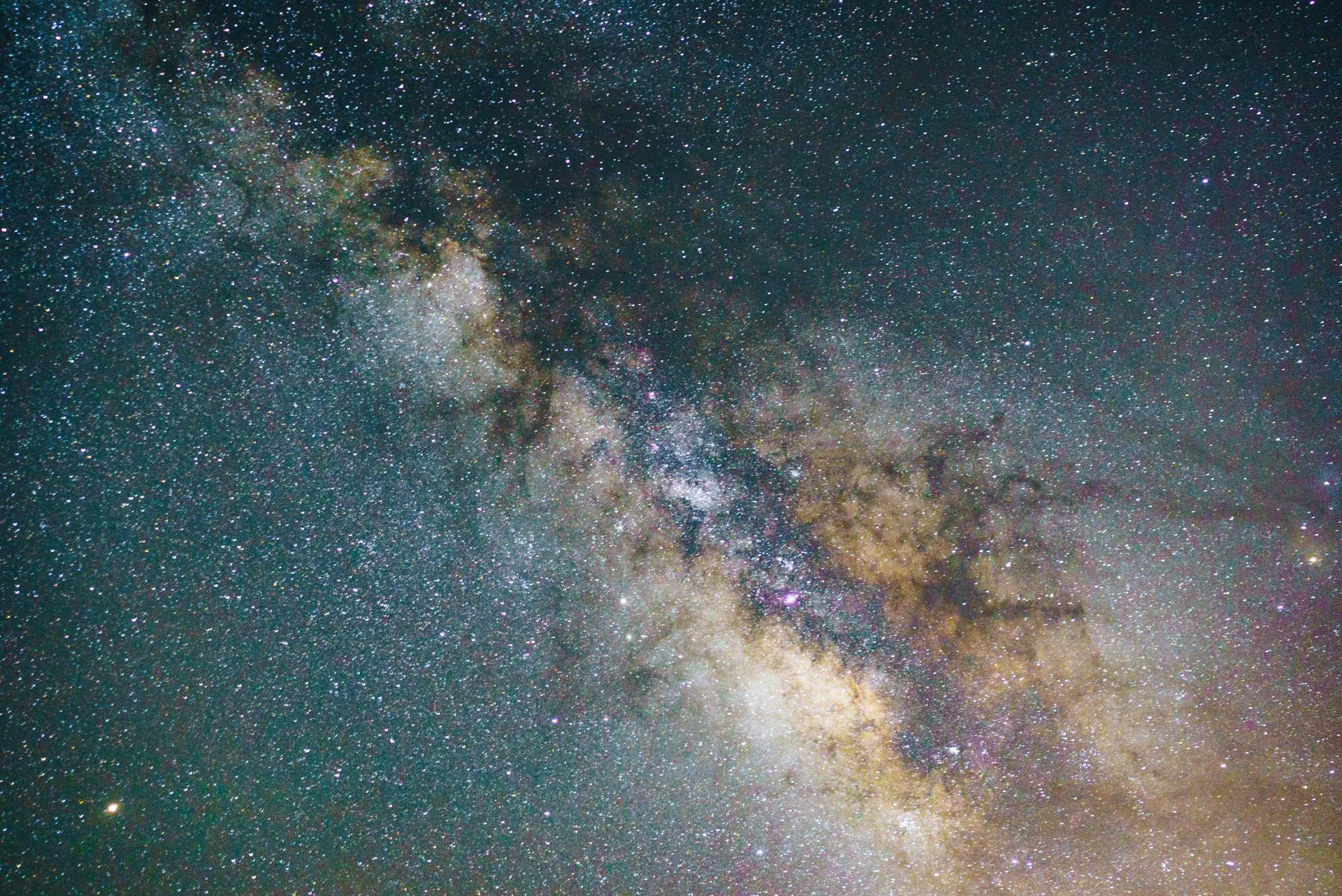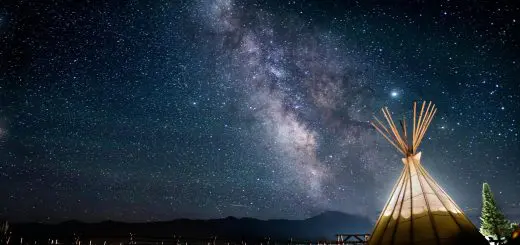Indus Valley Religious Sites: Shrines and Places of Worship

Looking for more amazing products? Check out our online store and explore our collection here! Happy shopping!
Before diving in, please note: This post is for informational purposes only. If you’d like to know more about how we approach topics, feel free to check out our friendly Disclaimer Page.
Hey there, amazing readers! 
We’re committed to delivering quality posts, and your support (even just sticking around despite the ads) means everything to us. So, bear with us, and thanks for helping us keep the good vibes rolling. Now, on to the fun stuff!
TRANSLATE BUTTON AT THE END OF THE ARTICLE
Introduction to Indus Valley Religious Sites
The ancient civilization of the Indus Valley, flourishing around 3300–1300 BCE, is renowned for its advanced urban planning, sophisticated drainage systems, and intricate artwork.
Among the many facets of this civilization, religious sites play a crucial role in understanding the spiritual beliefs and practices of the people who lived in this region.
These sites, including shrines and places of worship, provide a glimpse into the religious traditions that were an integral part of daily life in the ancient Indus Valley.
Significance of Shrines in Indus Valley Civilization
Shrines in the Indus Valley civilization held immense significance, serving as focal points for religious ceremonies, rituals, and communal gatherings.
These sacred spaces were believed to be the abodes of deities or spirits, with worshippers visiting them to offer prayers, make offerings, and seek blessings.
The presence of shrines highlights the spiritual devotion and reverence that permeated the society, reflecting the importance of religion in shaping the cultural identity of the Indus Valley people.
Diversity of Places of Worship in Indus Valley
The Indus Valley civilization was characterized by its cultural diversity, and this diversity is reflected in the various types of places of worship found across the region.
From small household shrines to elaborate temple complexes, the Indus Valley boasted a wide range of religious structures catering to different beliefs and practices.
Temples dedicated to different gods and goddesses, sacrificial altars, and ritual bathing areas all formed part of the religious landscape of the civilization, showcasing the multifaceted nature of religious expression in ancient times.
Architectural Features of Indus Valley Shrines
The architectural features of Indus Valley shrines were marked by their meticulous construction and attention to detail.
The use of baked bricks, drainage systems, and intricate carvings on walls and pillars are some of the distinctive characteristics of these religious structures.
The layout of the shrines often followed a uniform plan, with courtyards, prayer halls, and sacrificial pits arranged in a harmonious manner.
The presence of elaborate staircases, platforms, and decorative motifs further added to the grandeur of these sacred sites.
Rituals and Ceremonies at Indus Valley Sites
Rituals and ceremonies played a central role in the religious practices of the Indus Valley civilization.
These rituals were conducted at shrines and temples by priests and worshippers, involving offerings of food, incense, and other symbolic items.
Ceremonies such as fire sacrifices, purification rituals, and processions were common at these sites, reflecting the spiritual beliefs and customs of the people.
The performance of these rituals was believed to maintain harmony with the divine realm and ensure the well-being of the community.
Preservation Efforts for Indus Valley Shrines
The preservation of Indus Valley shrines and religious sites is of utmost importance in safeguarding this rich heritage for future generations.
Archaeologists, historians, and conservationists have been working tirelessly to protect and restore these ancient structures, employing advanced technologies and conservation techniques to prevent deterioration.
Efforts to raise awareness about the significance of these sites, as well as collaborations with local communities, have been instrumental in ensuring the preservation of these invaluable remnants of the past.
Comparison of Indus Valley Religious Sites
In comparison to other contemporary civilizations, such as Mesopotamia and Egypt, the religious sites of the Indus Valley exhibit unique architectural features and design elements.
While Mesopotamian temples were often characterized by towering ziggurats and Egyptian temples by colossal statues and obelisks, Indus Valley shrines focused more on intricate carvings, geometric patterns, and uniform layout.
The emphasis on symmetry, precision, and functionality sets apart the religious sites of the Indus Valley from those of other ancient civilizations.
Impact of Religion on Indus Valley Society
Religion played a pivotal role in shaping the social, political, and cultural fabric of the Indus Valley civilization.
The belief in divine beings, sacred rituals, and the afterlife influenced every aspect of daily life, from governance and trade to family structure and artistic expression.
The presence of religious sites and the practice of rituals fostered a sense of community, unity, and shared identity among the people, strengthening the bonds that held society together in times of prosperity and adversity.
Connection between Indus Valley and Modern Religion
The religious practices and beliefs of the Indus Valley civilization have left a lasting impact on modern-day religions and spiritual traditions.
The reverence for nature, worship of deities, and ritualistic practices found in the ancient Indus Valley have parallels in Hinduism, Buddhism, and other Eastern religions.
The concept of sacred sites, pilgrimage, and the performance of rituals can be traced back to the religious practices of the people who lived in the ancient Indus Valley, highlighting the enduring influence of this civilization on contemporary religious thought.
Tourist Attractions at Indus Valley Religious Sites
Today, the religious sites of the Indus Valley serve as popular tourist attractions, drawing visitors from around the world to marvel at the architectural wonders and historical significance of these ancient structures.
Tourists can explore the ruins of temples, shrines, and ceremonial centers, gaining insight into the spiritual beliefs and practices of the people who inhabited this region thousands of years ago.
Guided tours, museum exhibits, and cultural festivals offer visitors a glimpse into the rich heritage of the civilization, making these sites a must-visit destination for history enthusiasts and spiritual seekers alike.
Challenges Facing Indus Valley Religious Preservation
Despite ongoing efforts to preserve and protect Indus Valley religious sites, several challenges remain in ensuring the long-term sustainability of these ancient structures.
Factors such as climate change, urban encroachment, pollution, and lack of funding pose significant threats to the preservation of these invaluable heritage sites.
Balancing the need for conservation with the demands of development and tourism is a delicate task that requires collaboration between government agencies, local communities, and conservation organizations to safeguard the religious heritage of the Indus Valley for future generations.
Future Prospects for Indus Valley Shrines and Temples
Looking ahead, the future prospects for Indus Valley shrines and temples are promising, with increasing recognition of the importance of preserving these cultural treasures for posterity.
Continued research, conservation efforts, and public awareness campaigns are essential in ensuring the longevity of these ancient structures.
By fostering a sense of ownership and pride among local communities, promoting sustainable tourism practices, and implementing innovative conservation strategies, the religious sites of the Indus Valley can be safeguarded for future generations to appreciate and cherish.
Conclusion
In conclusion, the religious sites of the Indus Valley civilization provide a fascinating glimpse into the spiritual beliefs, architectural ingenuity, and cultural diversity of this ancient civilization.
From the significance of shrines in shaping societal norms to the diverse array of places of worship found across the region, these religious sites offer valuable insights into the religious practices and traditions of the people who lived in the ancient Indus Valley.
By preserving and protecting these sacred structures, we can ensure that the legacy of this remarkable civilization continues to inspire and educate generations to come.

The Enlightenment Journey is a remarkable collection of writings authored by a distinguished group of experts in the fields of spirituality, new age, and esoteric knowledge.
This anthology features a diverse assembly of well-experienced authors who bring their profound insights and credible perspectives to the forefront.
Each contributor possesses a wealth of knowledge and wisdom, making them authorities in their respective domains.
Together, they offer readers a transformative journey into the realms of spiritual growth, self-discovery, and esoteric enlightenment.
The Enlightenment Journey is a testament to the collective expertise of these luminaries, providing readers with a rich tapestry of ideas and information to illuminate their spiritual path.
Our Diverse Expertise
While our primary focus is on spirituality and esotericism, we are equally passionate about exploring a wide range of other topics and niches 

To ensure we provide the most accurate and valuable insights, we collaborate with trusted experts in their respective domains 
Our blog originally focused on spirituality and metaphysics, but we’ve since expanded to cover a wide range of niches. Don’t worry—we continue to publish a lot of articles on spirituality! Frequently visit our blog to explore our diverse content and stay tuned for more insightful reads.
Hey there, amazing reader! 
Check out our store here and take a peek at some of our featured products below! Thanks for being awesome!










